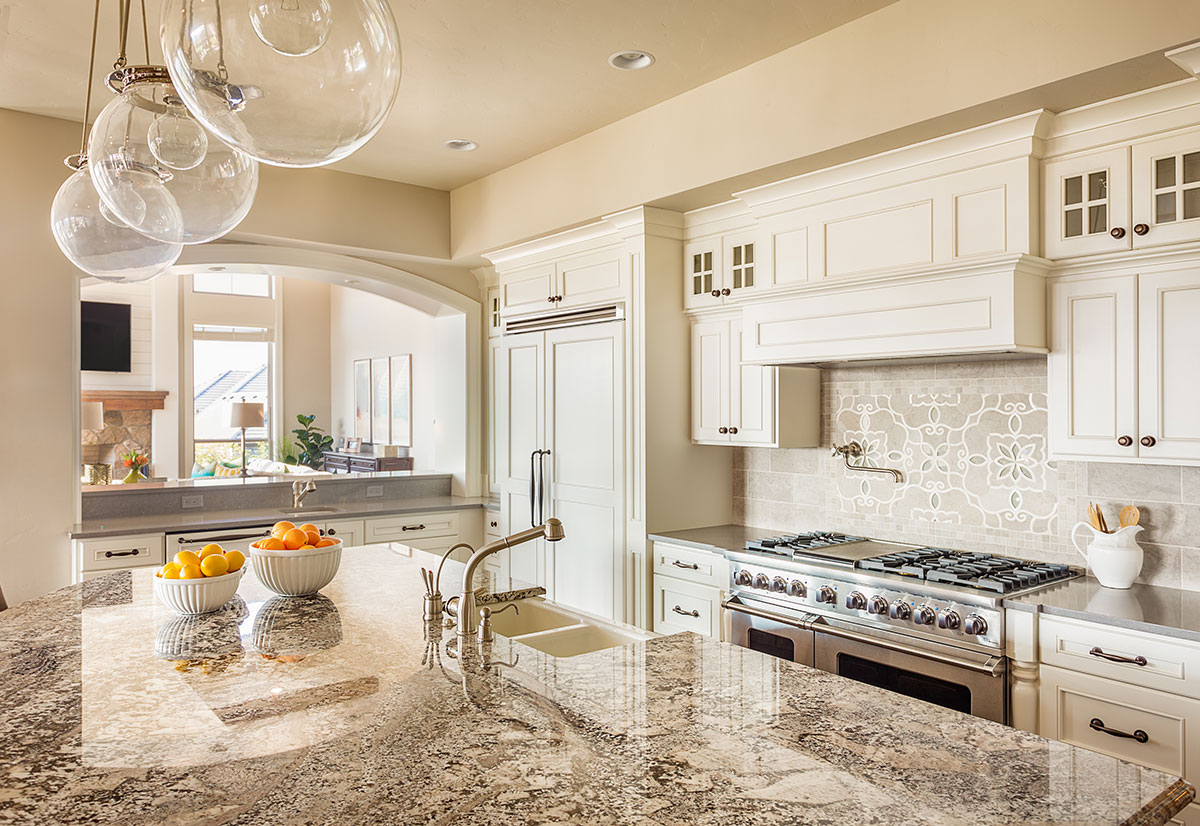The History of Granite Countertops
Granite countertops are a staple in modern kitchens and bathrooms, known for their durability and aesthetic appeal. But how did granite become the go-to material for countertops? Let’s explore the history of granite countertops.
Ancient Beginnings
Granite has been used by humans for thousands of years. Ancient Egyptians utilized granite in their construction, most notably in the pyramids and temples. Its strength and resistance to weathering made it an ideal material for monumental structures.
19th Century: Granite in Architecture
During the 19th century, granite became popular in architecture and construction, particularly in public buildings and monuments. Its use was driven by the Industrial Revolution, which introduced advanced tools and techniques for quarrying and cutting granite.
Mid-20th Century: The Rise of Home Applications
It wasn’t until the mid-20th century that granite began to be used in residential applications. Initially, granite countertops were considered a luxury item due to the high cost of extraction and processing. Advances in technology during the 1970s and 1980s, such as diamond cutting tools, made granite more accessible and affordable for homeowners.
1990s to Present: Mainstream Popularity
The 1990s saw a significant increase in the popularity of granite countertops. Improvements in transportation and globalization allowed granite to be imported from countries like Brazil, India, and China at lower costs. This period also saw advancements in sealants and treatments that made granite countertops more resistant to stains and easier to maintain.
Today, granite countertops are widely regarded as a premium option for kitchens and bathrooms. Their natural beauty, variety of colors and patterns, and durability continue to make them a preferred choice among homeowners and designers.
Conclusion
From ancient monuments to modern kitchens, granite has a long and storied history as a building material. The technological advancements of the 20th century transformed granite from a luxury item into a common feature in homes around the world. Its enduring popularity is a testament to its timeless appeal and functional benefits.


